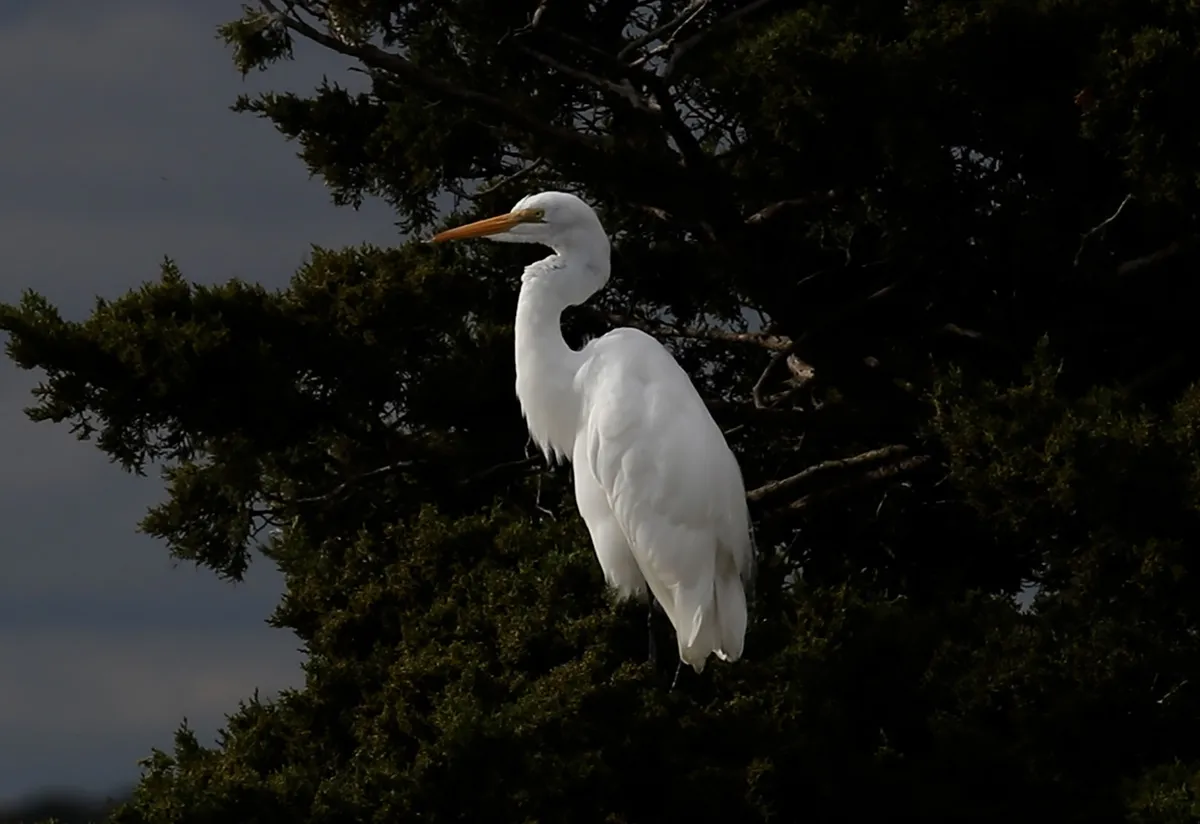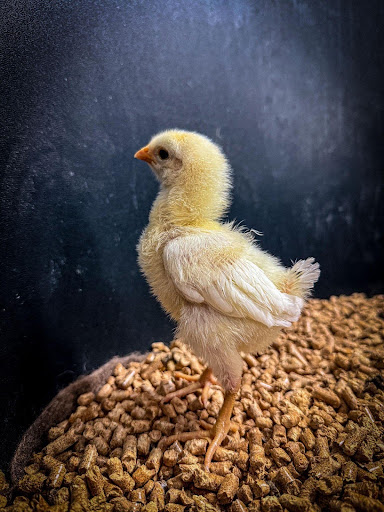
If “Gone With The Wind” were filmed today, the entire movie could be shot on an iPhone. That’s how far camera technology has come.
Once upon a time, wildlife photography was the domain of professionals with outrageously expensive gear. Think National Geographic. Photographing a cheetah on the Serengeti surely isn’t easy, but filming a tiny warbler obscured by foliage? Now that’s tough.
Then the world changed. Cameras became affordable. Digital replaced film. Big name manufacturers began an arms race to see who could develop better features faster — more pixels, higher resolution, quicker autofocus.
The trend of birding through cameras continues to accelerate. The newest technology — mirrorless cameras — is rapidly replacing digital single lens reflex cameras (DSLRs). Many of these new cameras have autofocus so precise it can lock onto a bird’s eye.
Concurrently, social media has given birders an opportunity to share their photographic successes. For instance, Facebook offers group members several places to post their photos. In Maine alone, you can join a ‘Maine Birds’ group, a ‘Maine Wildlife’ group, and a ‘Maine Feeder’ group. The Maine Birds group has over 37,000 members.
In the last few years, I’ve met birders who don’t count their lifer birds as being “seen” unless they have a photo to prove it. That’s not weird. Many digital photographers unintentionally keep a life list by organizing photos of different species into folders.
I’ve met other birders who rely on their cameras to help identify birds. They take multiple shots and later examine the photos at their leisure. They may even get assistance from AI. Several apps have the capability to offer possible bird identifications based on photos.
I’m not fond of total reliance on a camera. It took me decades to learn how to identify birds easily, and I’m not letting those skills atrophy. Besides, I don’t always have a camera around my neck when I spot something extraordinary. It’s bad enough that I’ve grown dependent on the TV remote.
I’m also not fond of having a camera that’s smarter than I am. My current camera is a Canon DSLR that first hit the market nine years ago. That would make it 63 in dog years. Technology has advanced a long way since then. I still don’t know the purpose of many camera settings, despite years of practice.
I do know that settings are important. Modern cameras deliver good results under average conditions when everything is set to automatic. But in my experience, conditions are rarely average. That cheetah on the plains of Africa likely spends most of its time in photographer-friendly sunlight. Birds don’t.
For bird photography, there is no such thing as average. It matters what the bird is, where it is and what it’s doing. A flying bird demands a fast shutter speed, freezing the action so that the bird is not too blurry. A sitting bird justifies a slow shutter speed, allowing the aperture to be set for the best composition.
No matter how smart the camera is, often it’s just wrong. When the sky is bright behind a bird, the camera tends to underexpose the target. White birds against a dark background tend to be overexposed.
Autofocus works great, if the camera knows what it’s focusing on. When a bird is in a tree, the camera — especially older DLSR cameras — may not know what you want it to fix on. It may focus on a branch in front of the bird, or the distant trees behind it. Switching to manual focus can help, but often the bird is gone by then.
For these reasons and more, I often find myself arguing with my camera, not playing with it.
Every birder’s skill level is somewhere between novice and expert. Every photographer’s skill level is somewhere between novice and expert. Combining the two makes things more complicated, but isn’t that the point? It’s a challenge well worth accepting.
Here’s another challenge. Now that many of our songbirds have departed for the tropics, we have the opportunity to practice skills on our resident species. Any shutterbug can photograph a chickadee. How about snapping one perched amid colorful fall foliage? Now that sunrise happens two hours later, how brilliant does a mourning dove look in golden hour sunlight? How stunning would a blue jay look against the crisp blue sky of autumn?
Use whatever camera you have — even your smartphone. After all, you probably paid more for it than I did for my old Canon.



